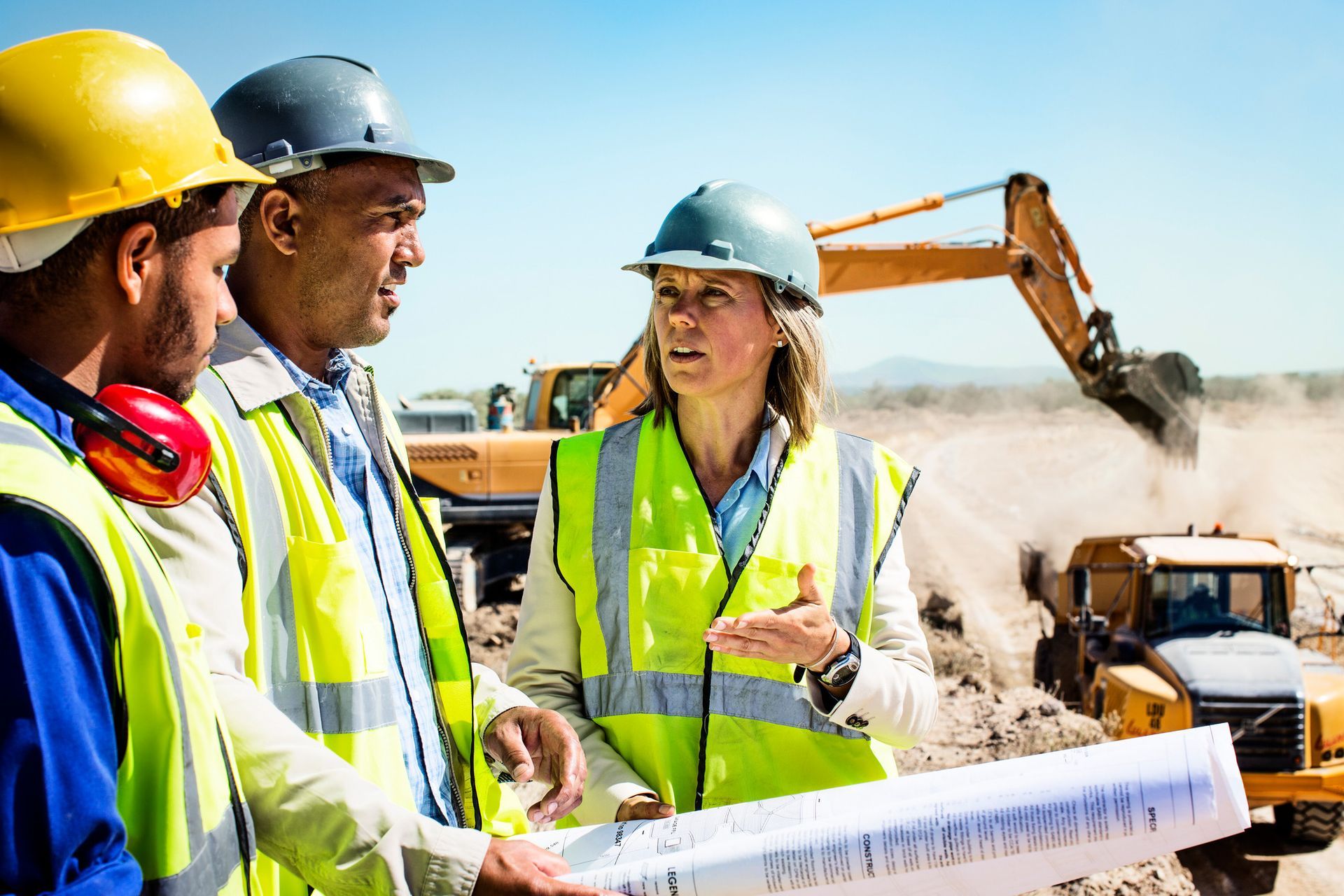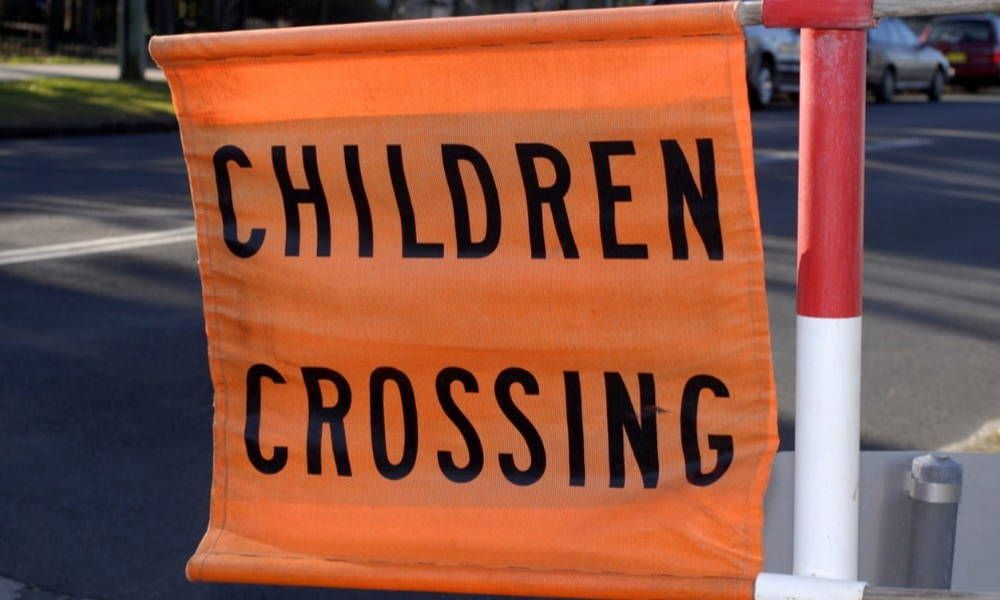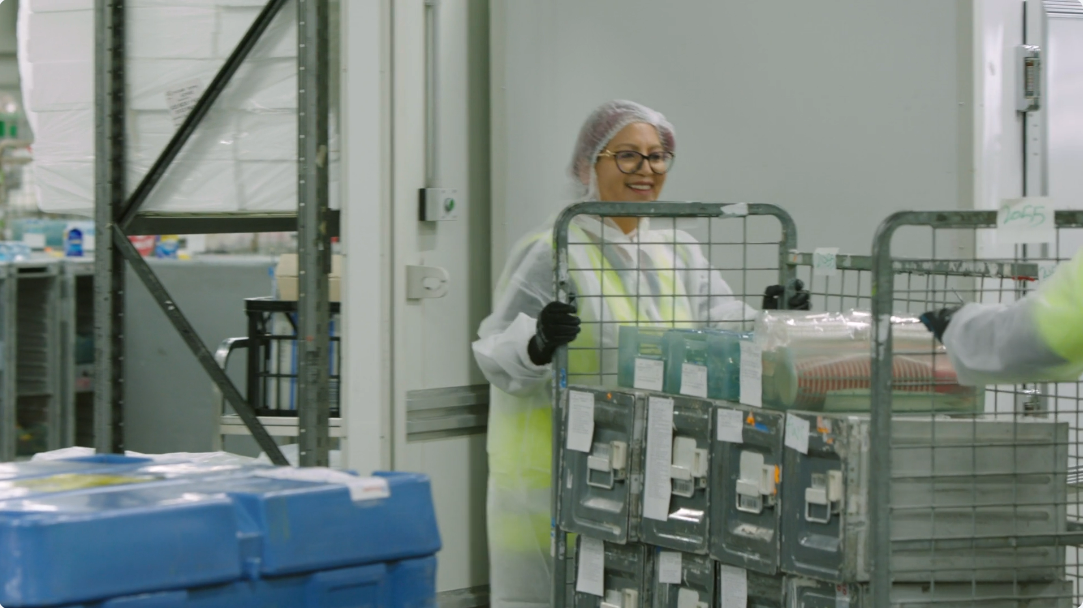Ensuring the safety and wellbeing of its workforce is paramount to every organisation. Whether directly stated as a corporate value or as a constituent of sustainability or integrity, the pursuit of safety excellence is a non-negotiable for many organisations and the consequences of not getting it right can be disastrous from a reputational, cost and humanitarian perspective.
Leadership and culture are the main drivers of excellence in safety. Policy is created or endorsed by senior management but a worker’s perception of management’s commitment to, and support of the policy will influence their adherence to the policy. “What gets measured gets done, what gets measured and fed back gets done well, what gets rewarded gets repeated.”
OHS ISO 45001 replaced OHSAS18001 in 2018. Organisations currently certified to OHSAS 18001 will need to migrate to the new standard by March 2021.In June 2019 Chandler Macleod achieved ISO 45001 certification, a year ahead of Organisational schedule and well in advance of this migration deadline.
1 year on, we have completed the recertification audit process and retained this certification with no non-conformances or areas for improvement. Brett Davis, Chandler Macleod Group’s General Manager of Safety shares some of his insights and experiences; and most poignantly some tangible benefits that we have experienced as an organisation since adopting the new standard.
“Having been previously certified to AS/NZS 4801:2001, our organisation was well prepared to start the journey to ISO45001:2018. We started by performing a gap assessment of our existing OHS systems against the ISO45001 compliance standard.”
What to expect when beginning your ISO45001 journey
The journey to ISO45001 will be different for all organisations as will the benefits that they derive. The new standard takes a far more holistic approach to safety in the workplace, taking into consideration internal and external risks and opportunities, whereas OHSAS 18001 primarily focused on internal risks in isolation.
Why aim for ISO45001 ahead of the prescribed deadline?
Chandler Macleod partners with leading organisations within sectors ranging from Mining, Energy, Construction and Supply Chain to Banking, Finance and the Public Sector. Our processes and procedures, therefore, need to be congruent with a multitude of organisations and operating contexts. Aside from setting a higher global benchmark, there are many nuanced differences between the two standards, some of which, provide a benefit beyond the compliance domain:
- A High-Level Structure (HLS) which facilitates smoother integration with other management system standards including Quality (ISO9001:2015), Environment (ISO14001:2015) and Information Security (ISO27001:2013); these are considered congruent concepts within the one management system
- A heightened focus on organisational context, combining the needs and expectations of third parties, and internal and external factors regarding Health & Safety management
- An increased need for two-way communication framework with both internal and external stakeholders
- A greater focus on proactive management, introducing a risk/opportunity approach in addition to operational OHS hazards and their associated risks
- Stronger workforce participation in all aspects of our OHS system
As well as enabling cleaner assimilation with some of our other key initiatives around wellness and wellbeing, it helped promote health and safety within our organisation as a fully integrated element of the overall organisational management. At all levels of our business, there is no longer a separate approach to managing safety that sits outside of our normal day-to-day processes. By adopting this approach, we have been able to engage all employees in the context of personal safety leadership no matter their role, to a far greater extent than previously. We promote the saying, “We are all Safety Leaders”.
Put simply, our key safety leadership attributes are articulated as:
- Someone who always takes safety into consideration when completing a work activity
- Working in a manner to ensure their actions will not cause harm to themselves or others
- When they see something unsafe, they report it and actively assist to resolve the issue that may cause harm to themselves or others
- Helping their colleagues to stay safe
- If they are unsure how to complete a task safely, they stop and seek assistance
- Actively providing feedback and input to decisions at their workplace that can contribute to improved safety for themselves and their work colleagues
- Someone, if in a management role, who takes safety performance into consideration when preparing annual plans and targets
- Someone, if in a management role, who actively discusses safety performance with their teams to ensure safety performance gets equal 'air-time' to financial and operational performance discussions
In our experience the greatest opportunity; in addition to achieving an international benchmark, enhancing OHS policy, objectives and targets, reducing incidents and insurance premiums; it is the cultural impact it has helped reinforce by engaging all of our employees more actively in safety management. For a safety culture to succeed it needs to be embraced and practised by the CEO and Leadership team, it needs clarity around actions that are rewarded, and it needs to permeate the actions and behaviours that are initiated and maintained throughout the organisation. After all, we are all safety leaders!













